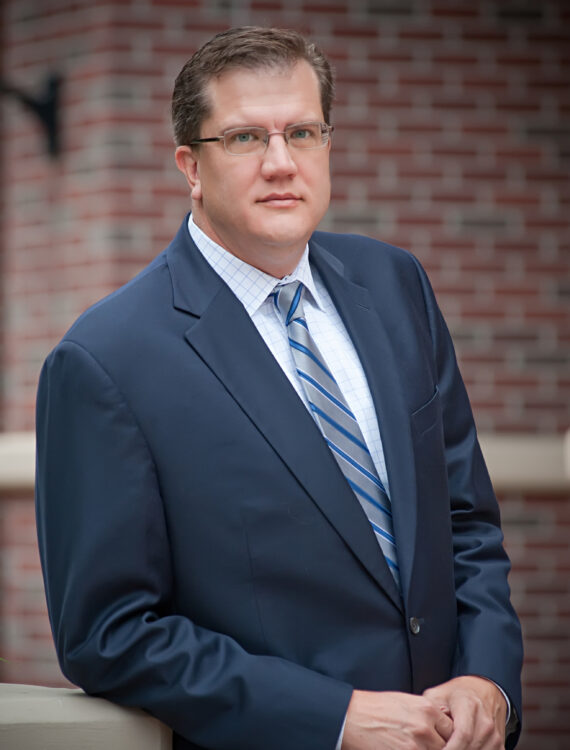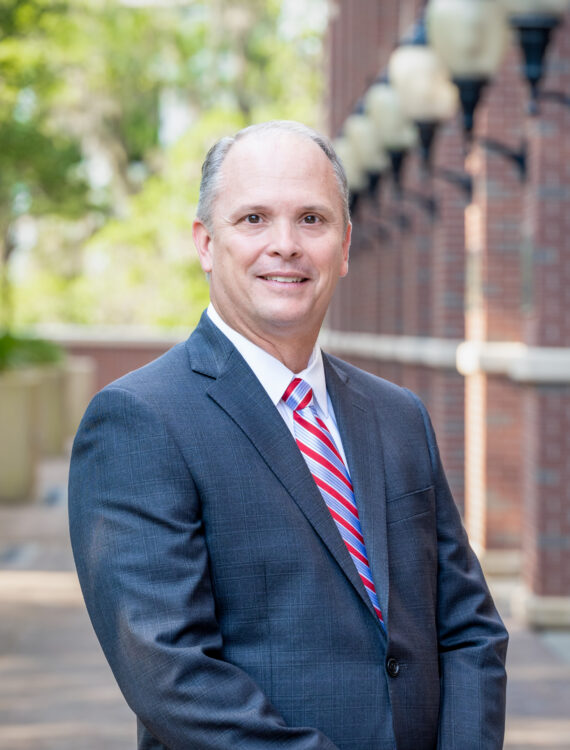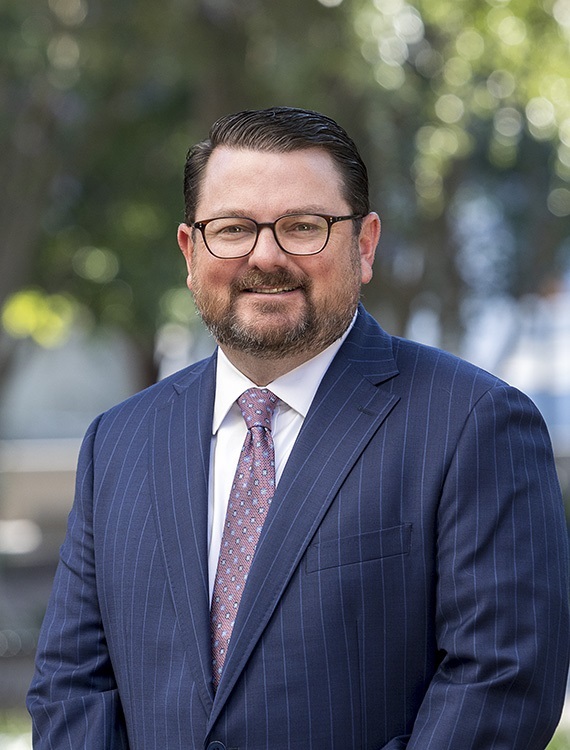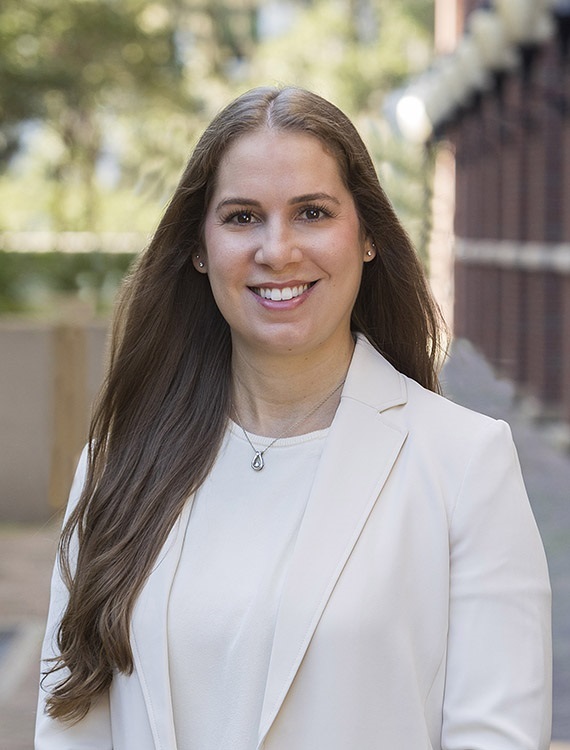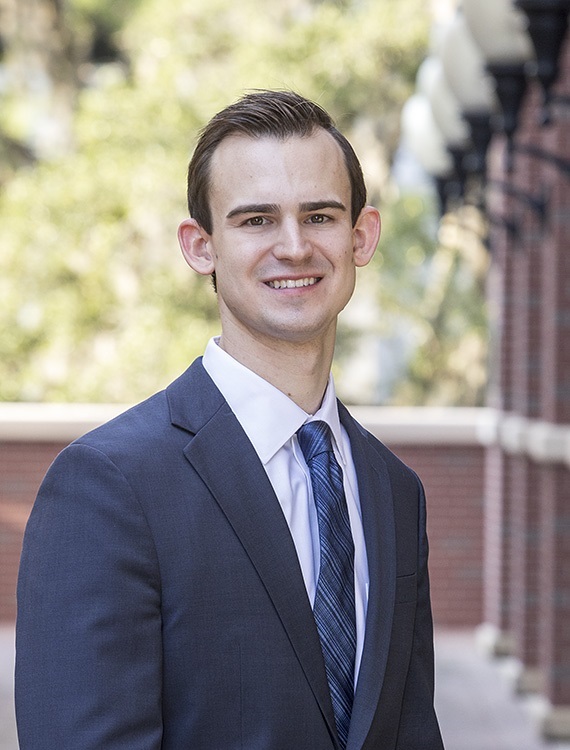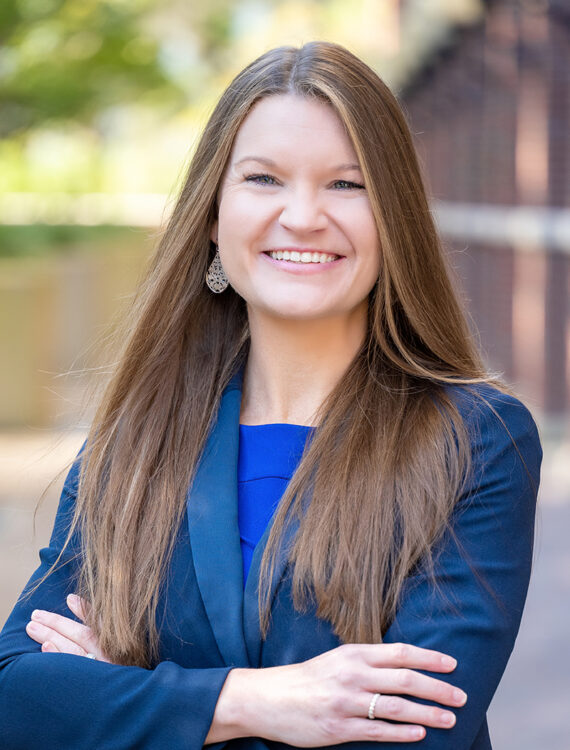Florida Supreme Court Rules in Three Valued Policy Law Cases
By: Harry Thomas
In Florida Farm Bureau Cas. Ins. Co. v. Cox, 943 So. 2d 823 (Fla. 1st DCA 2006) (“Cox”) the First District Court of Appeal (“First District”) relying on the opinion in Mierzwa v. Florida Windstorm Underwriting Ass’n, 877 So. 2d 774 (Fla. 4th DCA 2004), held that where a covered peril caused part of the damage to a structure that has been determined to be a total loss, Florida’s Valued Policy Law (“VPL”) Section 627.702(1), Florida Statutes, requires the insurer to pay policy limits even though an excluded peril caused a significant portion of the damage. The Cox case was appealed to the Florida Supreme Court (“Supreme Court”) based on the First District certifying a question of great public importance. The question certified was:
Does Section 627.702(1), Florida Statutes (2004) referred to as the Valued Policy Law, require and insurance carrier to pay the face amount of the policy to an owner of a building deemed a total loss when the building is damaged in part by a covered peril but is significantly damaged by an excluded peril?
While the Cox case was pending before the Supreme Court the First District decided three other cases under the VPL: State Farm Florida Ins. Co. v. Ondis, 962 So. 2d 923 (Fla. 1st DCA 2007); Citizens Property Ins. Corp. v. Dancy, 963 So. 2d 271 (Fla. 1st DCA 2007); and Citizens Property Ins. Corp. v. Ueberschaer, 956 So. 2d 483 (Fla. 1st DCA 2007). Ondis and Ueberschaer were appealed to the Supreme Court based on the same question that had been certified in the Cox case. In the Ueberschaer case an additional question of great public importance was also certified relating to an asserted conflict between Citizen Property Insurance Corporation’s (“Citizens”) enabling statute and the VPL. Dancy was a per curiam affirmance by the First District appealed by Citizens to the Supreme Court based on that court’s discretionary conflict jurisdiction. The Supreme Court stayed Ondis, Dancy and Ueberschaer pending disposition of the Cox case.
On September 20, 2007, the Supreme Court rendered its opinion in the Cox case in which it answered the certified question in the negative, disapproved the Mierzwa opinion, quashed the opinion of the First District and remanded the case for further proceedings. On March 27, 2008, the Supreme Court quashed the First District’s decisions in Ondis, Dancy and Ueberschaer and remanded the cases for reconsideration based on the decision in Cox.
The Supreme Court in quashing and remanding did not address the second certified question from the Ueberschaer case as to whether Citizen Property Insurance Corporation’s enabling statute precluded an award of policy limits under the VPL when the covered peril and an excluded peril combined to produce a total loss. The First District in its decision in Ueberschaer had answered the question in the negative.
In Ondis two issues were presented to the Florida Supreme Court. The first was the certified question and the second was what test should be utilized for determining when a structure is a total loss or a constructive total loss for purposes of application of the VPL. Prior to the First District’s decision in Ondis, Florida courts had adopted the identity test for determining a total loss, LafayetteFire Ins. Co. v. Camnitz, 149 So. 653 (Fla. 1933) and a test based on whether an ordinance or regulation in effect at the time of the loss prevents repair for determination of a constructive total loss, Netherlands Ins. Co. v. Fowler, 181 So.2d 692 (Fla. 2d DCA 1966). These tests were explained and most recently reaffirmed in Greer v. Owners Ins. Co. and Fidelity National Prop. & Cas. Ins. Co., 434 F. Supp 2d 1267 (N. D. Fla. 2006).* Under the “identity test” a structure must lose its identity and become so far disintegrated it cannot be possibly designated as a building although some part may remain standing. For a constructive total loss to occur an ordinance or regulation in effect at the time of the loss must prevent or prohibit repair such that the structure has to be demolished.
In Ondis the insureds argued that their home was not only a total loss under the identity test but was also a constructive total loss because the cost to repair and comply with the current building code would exceed the value of the structure. Recognizing the identity test and the test for constructive total loss established in the Lafayette Fire Ins. Co. and Netherlands Ins. Co. cases the First District found, based on the photographs submitted to the trial court, that the insured had established a total loss under the identity test. Although that finding was determinative, the court went on to state that those two cases did not preclude the application of other reasonable definitions of total loss. The First District stated that a reasonable factor for the trial court to consider in determining whether a total loss has occurred is whether the cost to repair exceeds the home’s value. The court then cited to three cases from states which it said had adopted a test for total loss based on whether the cost to repair exceeds the home’s value. Despite the court’s statement only one of the three cited cases actually adopted the test of the cost of repair exceeding the home’s value. The cited case which adopted that test is Dumond v. Mobile Ins. Co., 309 So.2d 776,778 (La. Ct. App. 1975). The other cases cited adopted different tests: Dickler v. CIGNA Prop. & Cas. Co., 957 F.2d 1088,1097 (3rd Cir. 1992) (explaining that if the costs to repair a fire-damaged building exceed 50% of the building’s value, the building is considered a total loss); Scott v. Transport Indem. Co., 513 So.2d 889, 895 (Miss. 1987) ( “total loss occurs when the cost of repairs exceeds the fair market value of the property less salvage value”).
In light of the First District’s opinion that the tests for determining a total loss and constructive total loss are not limited to those established in the LafayetteFire Ins. Co. and Netherlands Ins. Co. cases, the appellant, State Farm Florida Insurance Company, after the Cox opinion was rendered, asked the Supreme Court to lift the stay and permit the parties to brief the remaining issue, i.e. the issue of what are the proper tests to determine a total or constructive total loss. In its Ondis opinion the Supreme Court denied State Farm’s motion to brief that issue and remanded the case to the First District.
Consequently, the Supreme Court has not addressed the issue of whether the tests for determining a total loss or constructive total loss as set forth in the Lafayette Fire Ins. Co. and Netherlands Ins. Co. cases are the exclusive tests. Based on the position taken by the First District in its Ondis opinion insurers should expect that insured’s will continue to argue at the trial court level that the identity test and prevention of repair test are not the exclusive tests for determining a total loss and that a Florida court may consider any of the tests from other states identified by the First District in its Ondis opinion. We will continue to monitor the Ondis case to see whether the First District addresses this issue on remand.
____________________________________________
*Footnote – The First District in Ondis cited the Greer opinion with approval for the issue that to come within the scope of the VPL the insured must first show a total loss ofthe insured building. However, the court did not cite to the analysis from the Greer opinion as to the proper test for determining when a loss is a total loss or a constructive total loss.





